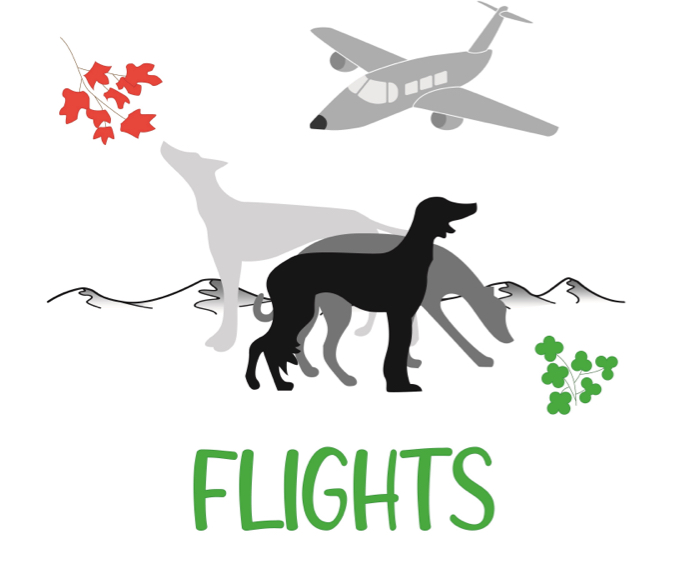Australian Greyhounds
The greyhound racing industry in the United States (US) has been declining for the past few years resulting in fewer dogs being bred, raced and eventually available for adoption upon retirement. This decline was hastened by 2018 legislation to end greyhound racing in the state of Florida. This has resulted in even fewer retired racers being available for adoption throughout the U.S. and Canada. Greyhound breeding and racing continues today Internationally. However, there are not enough homes available for retired greyhound racers in both Ireland and Australia, so it is only logical to find them homes in North America.
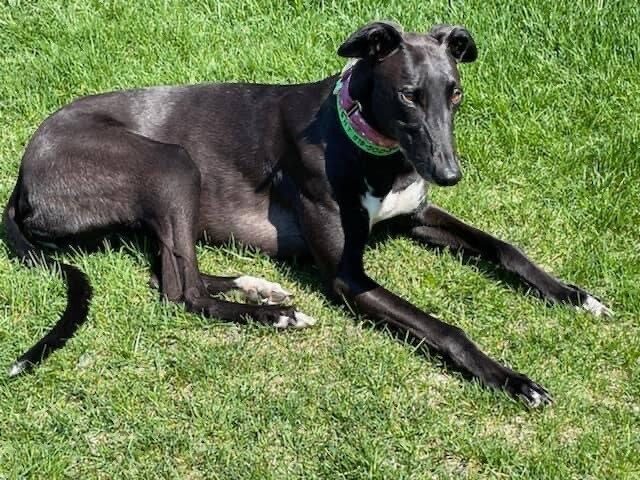


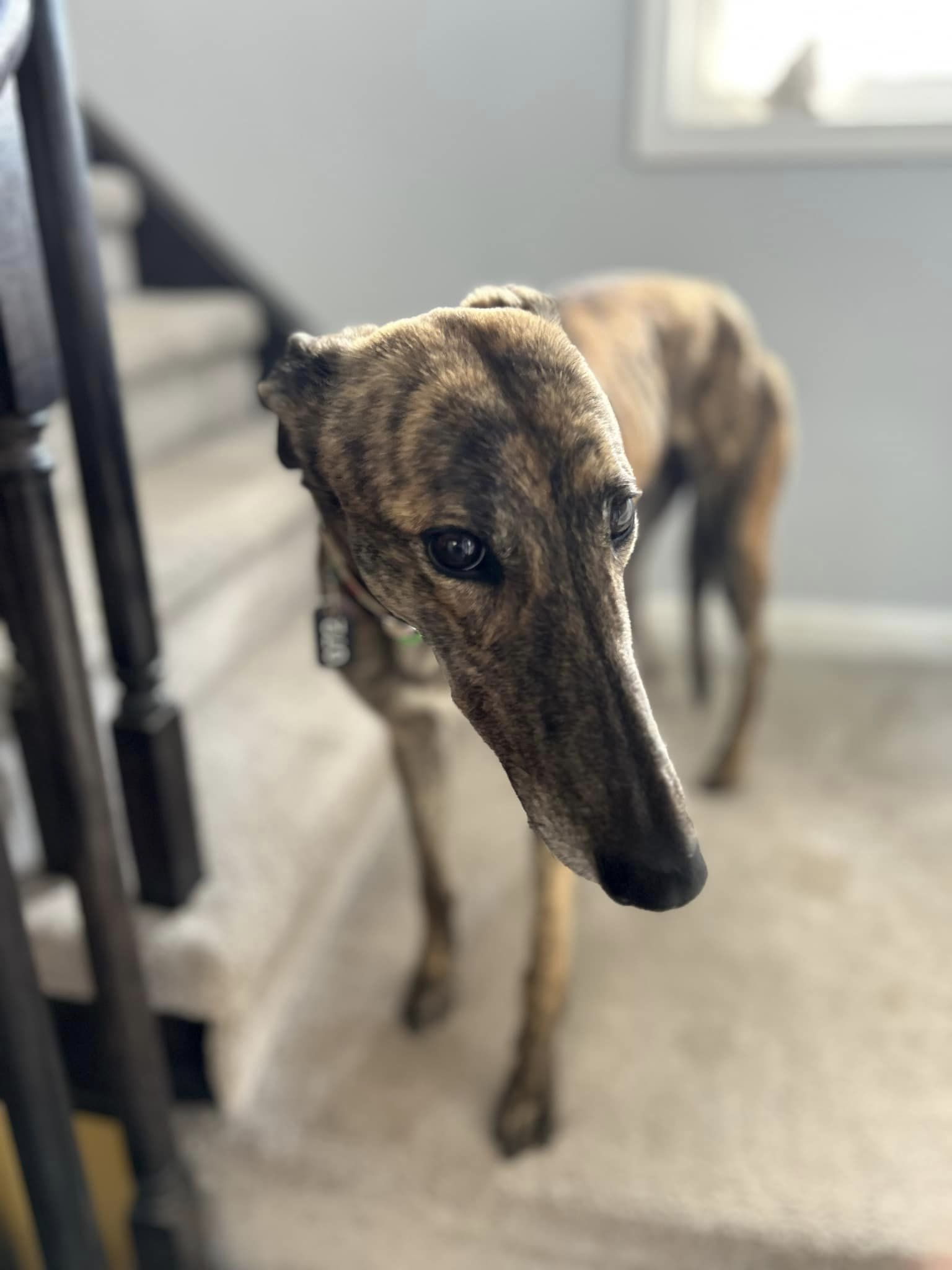
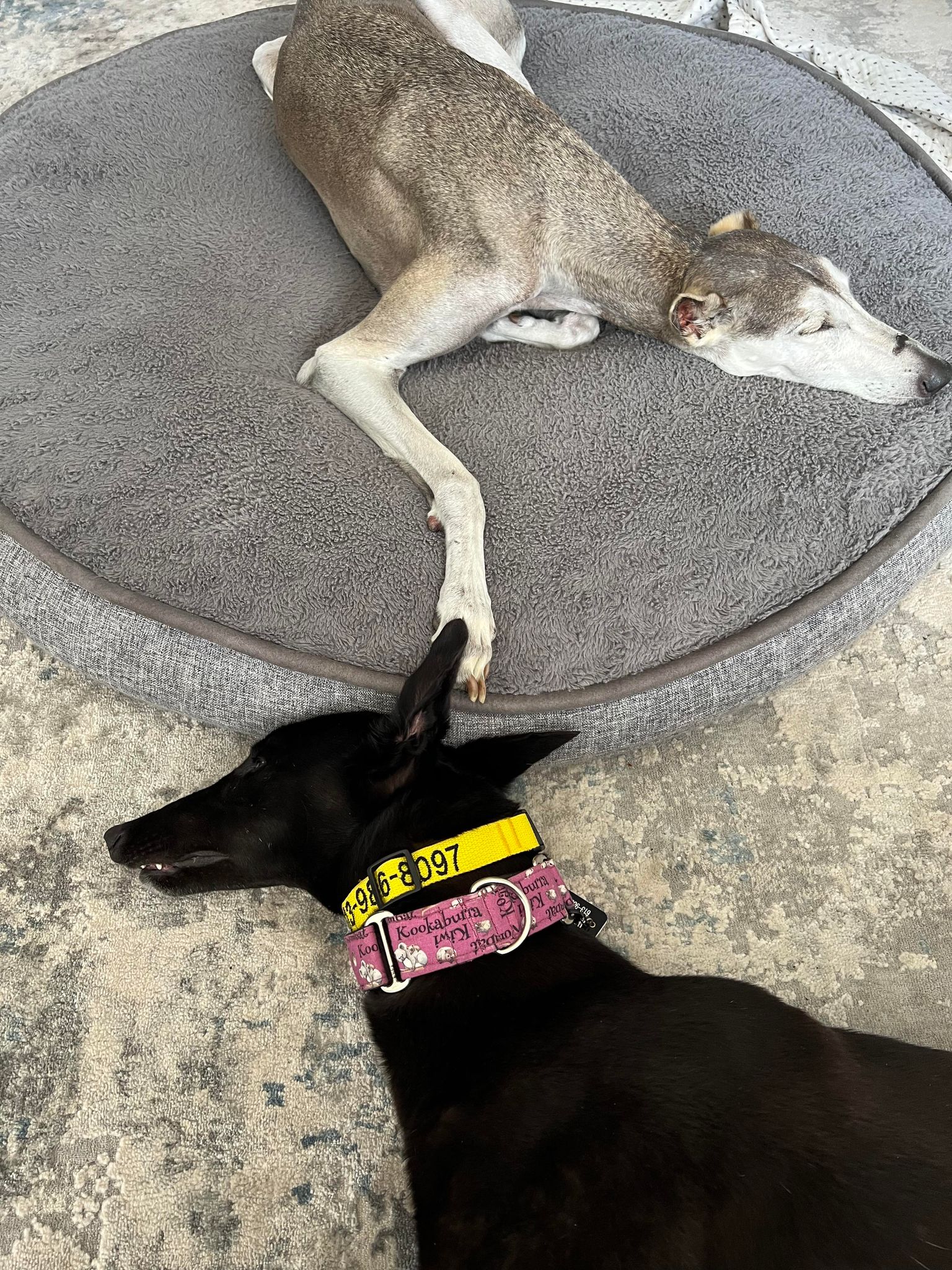
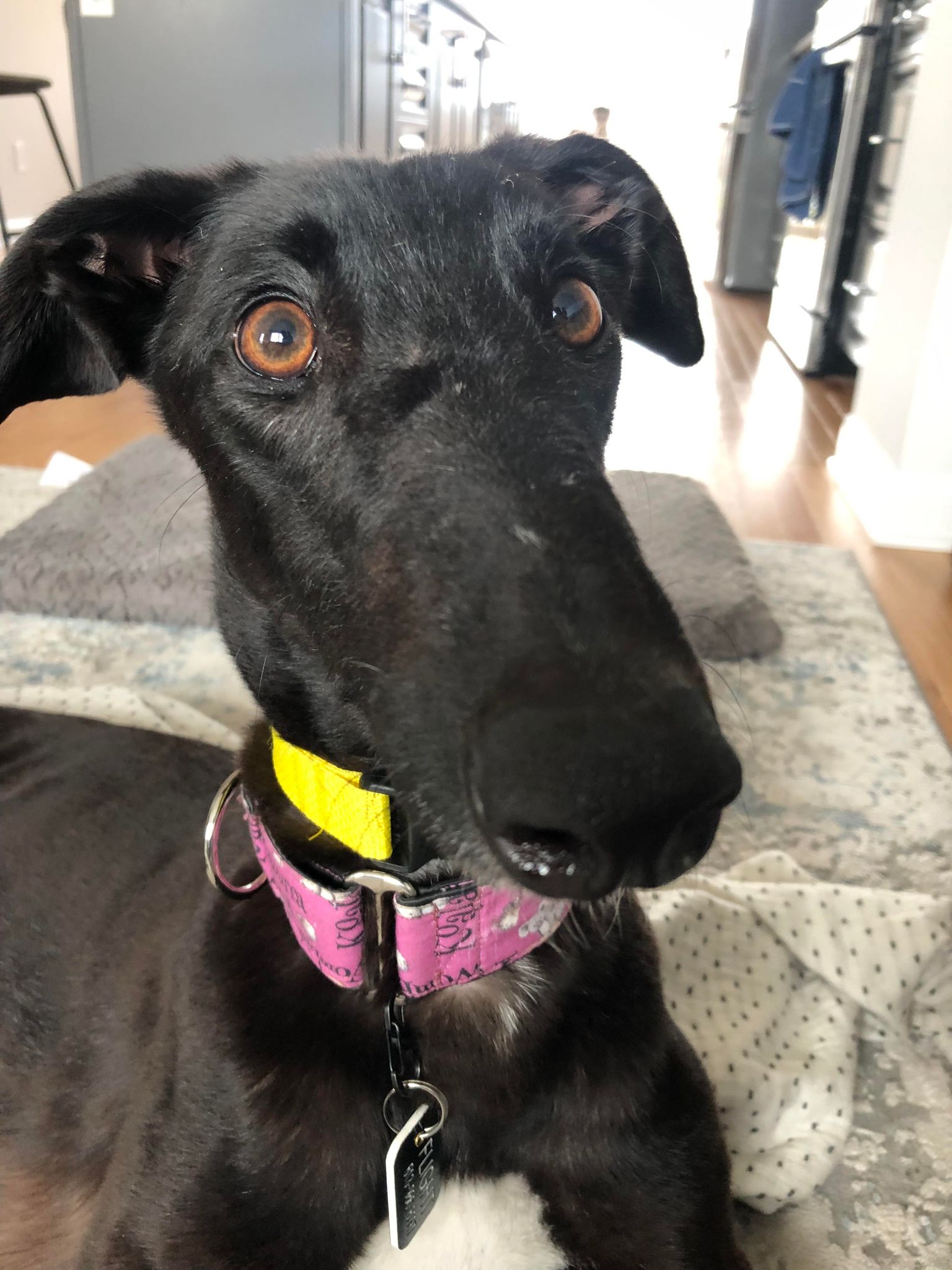

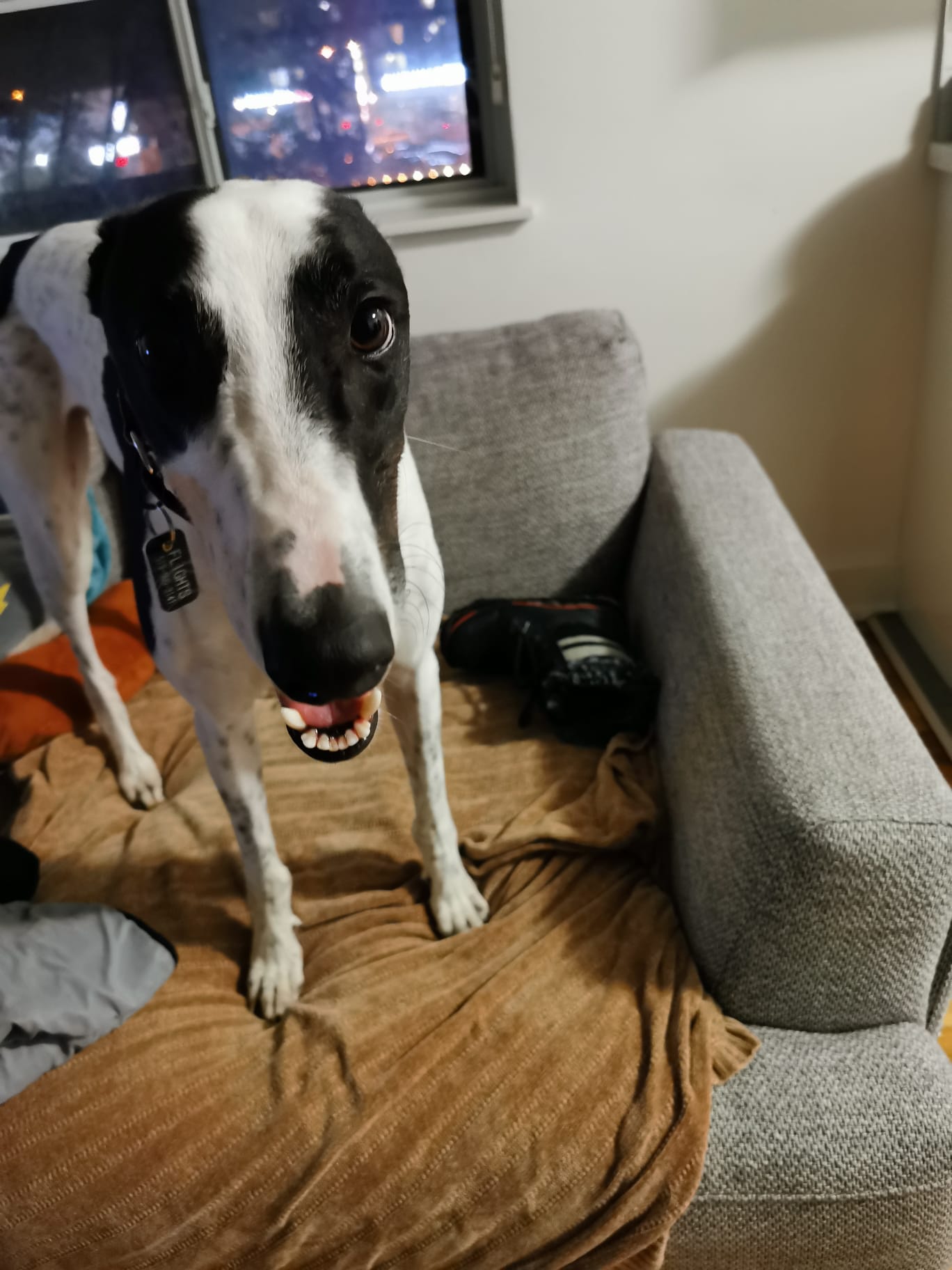
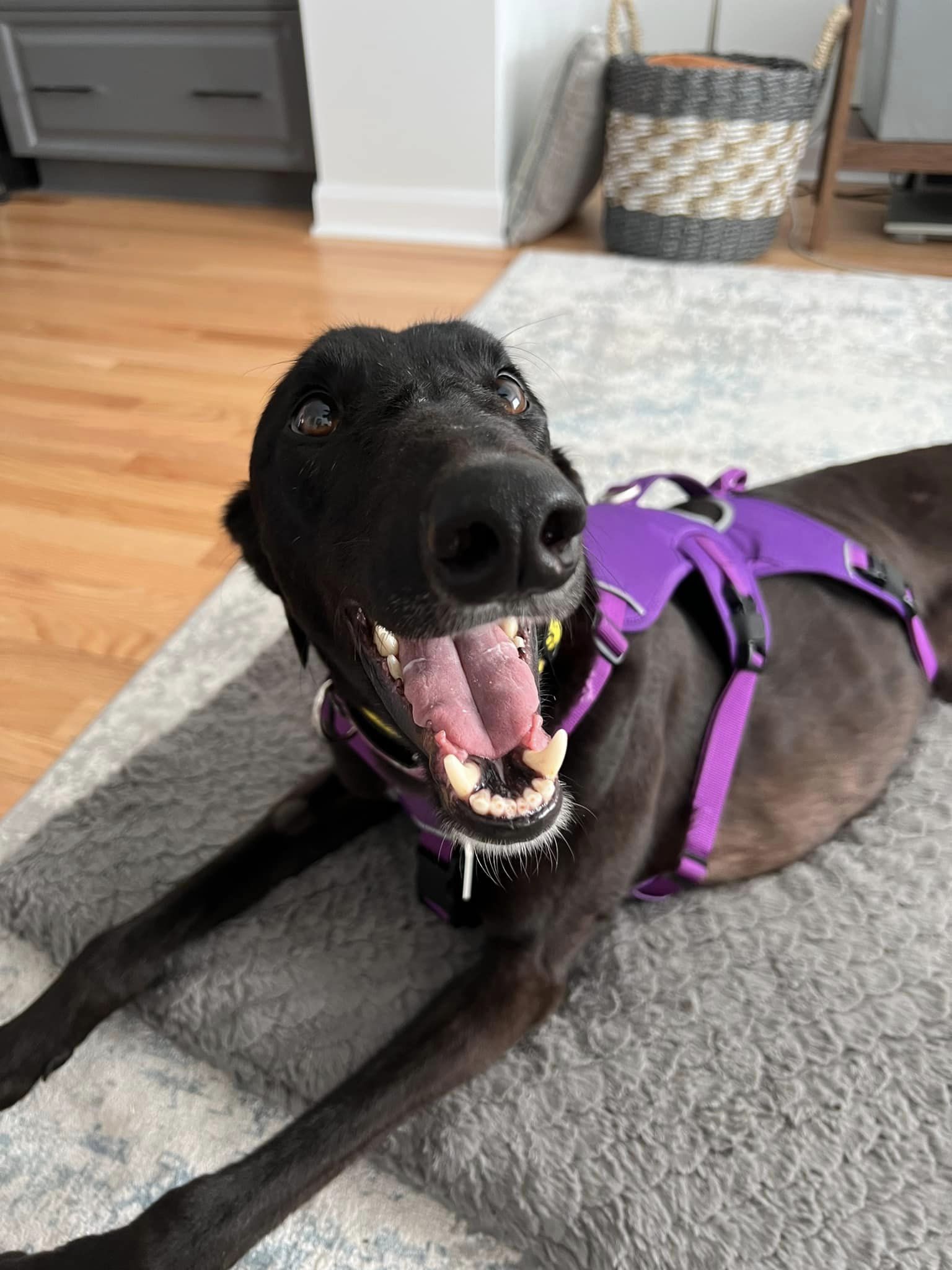
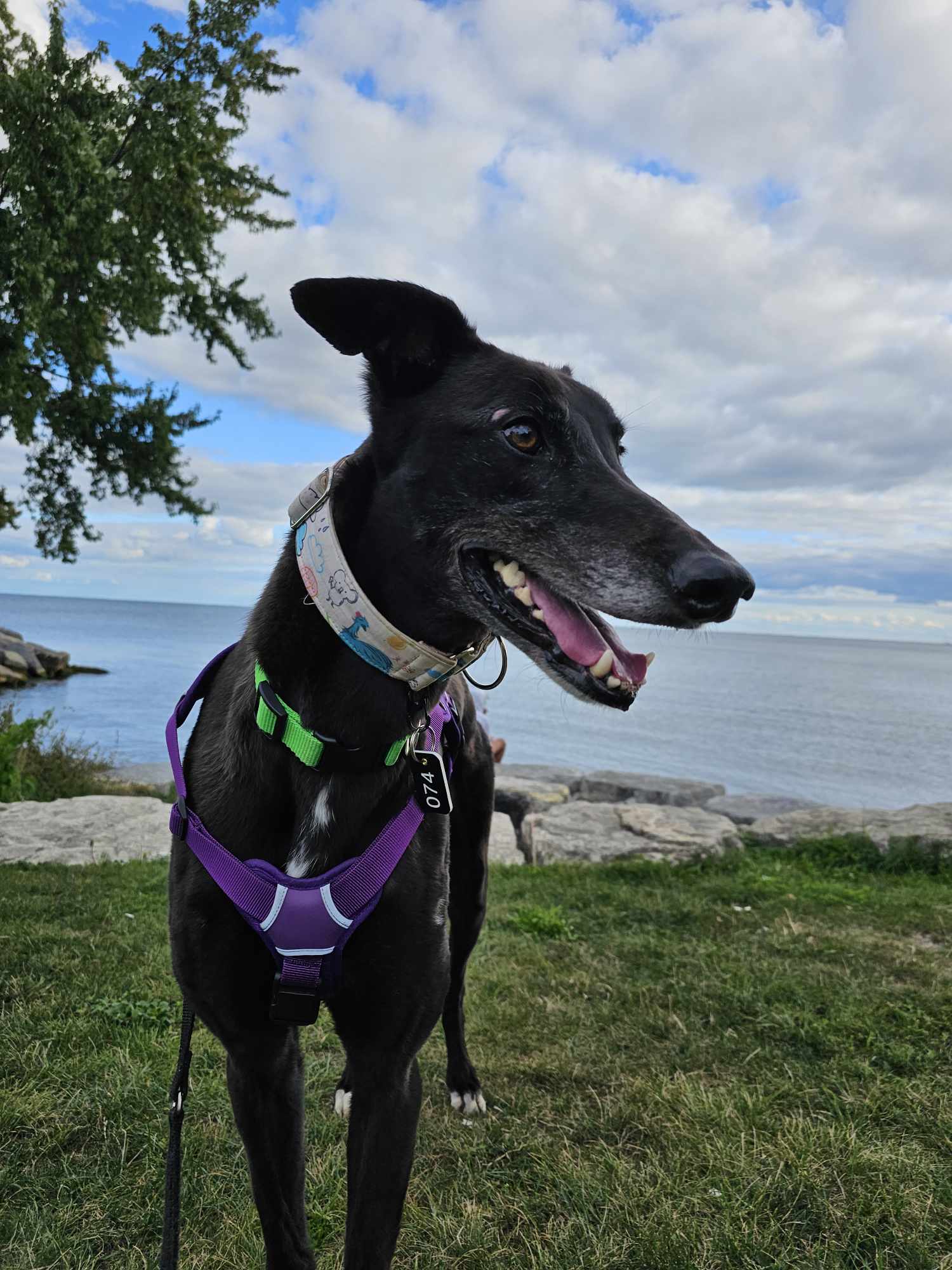


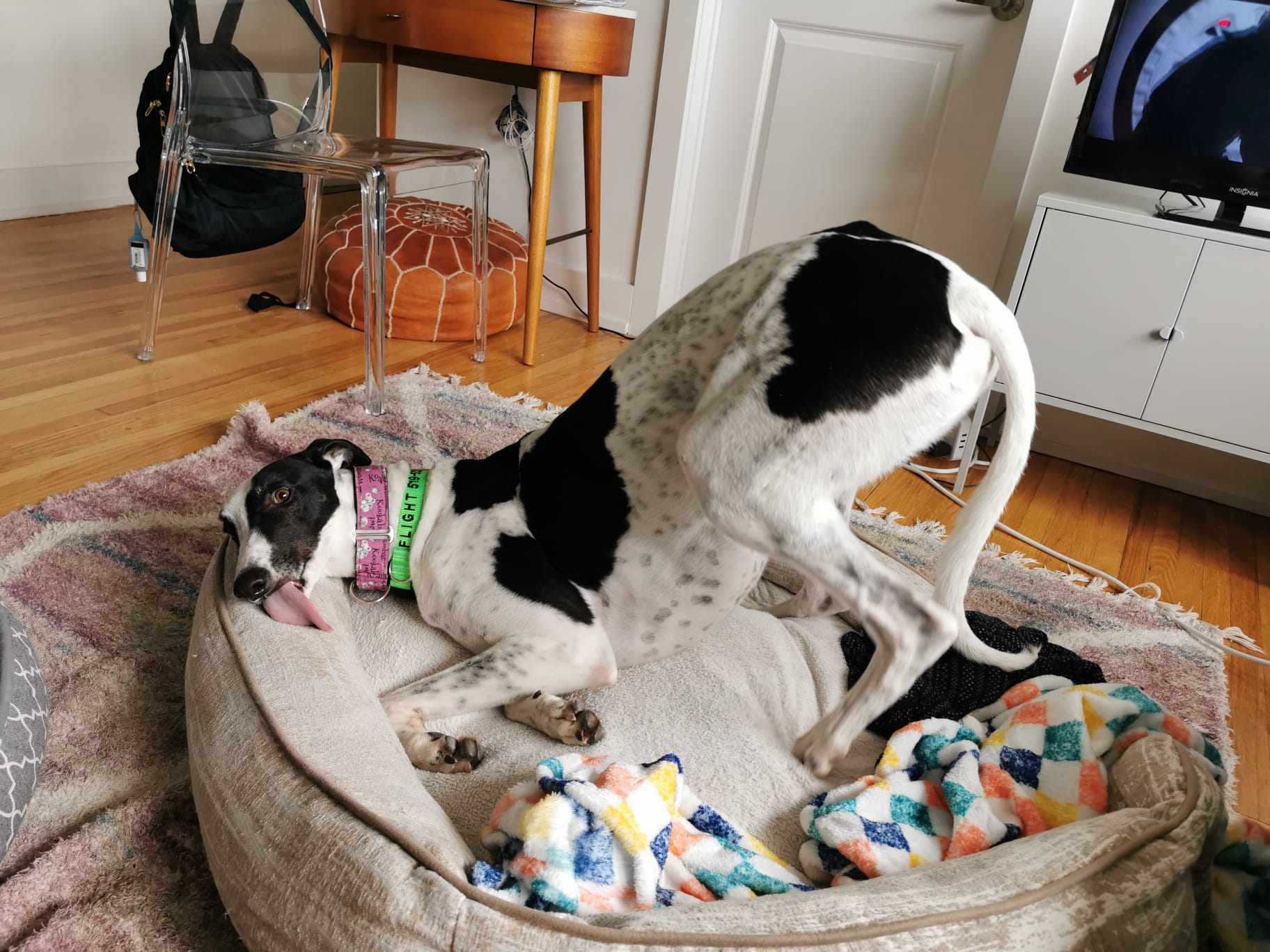
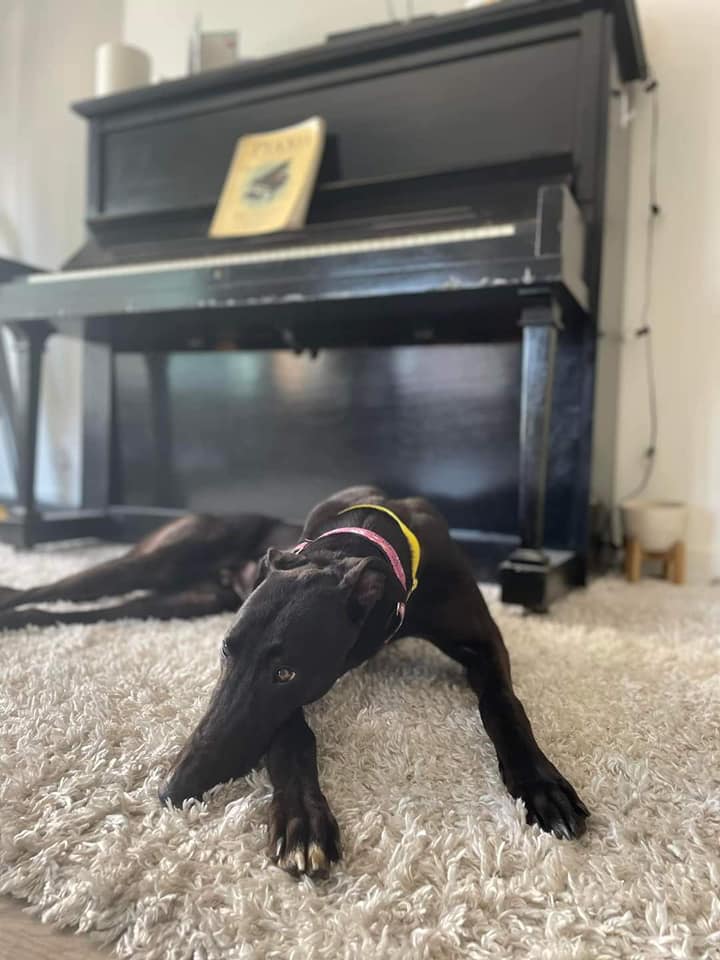
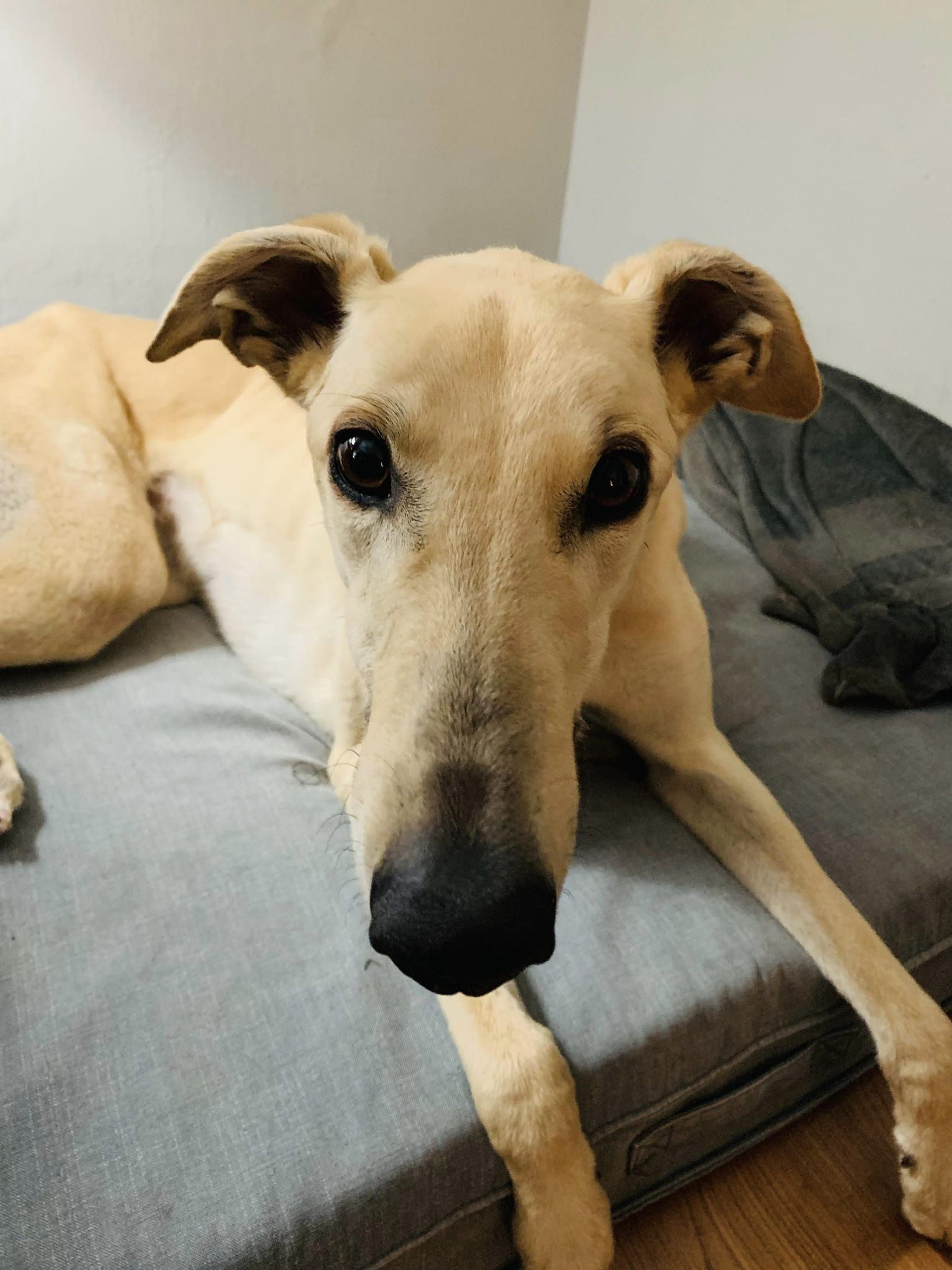
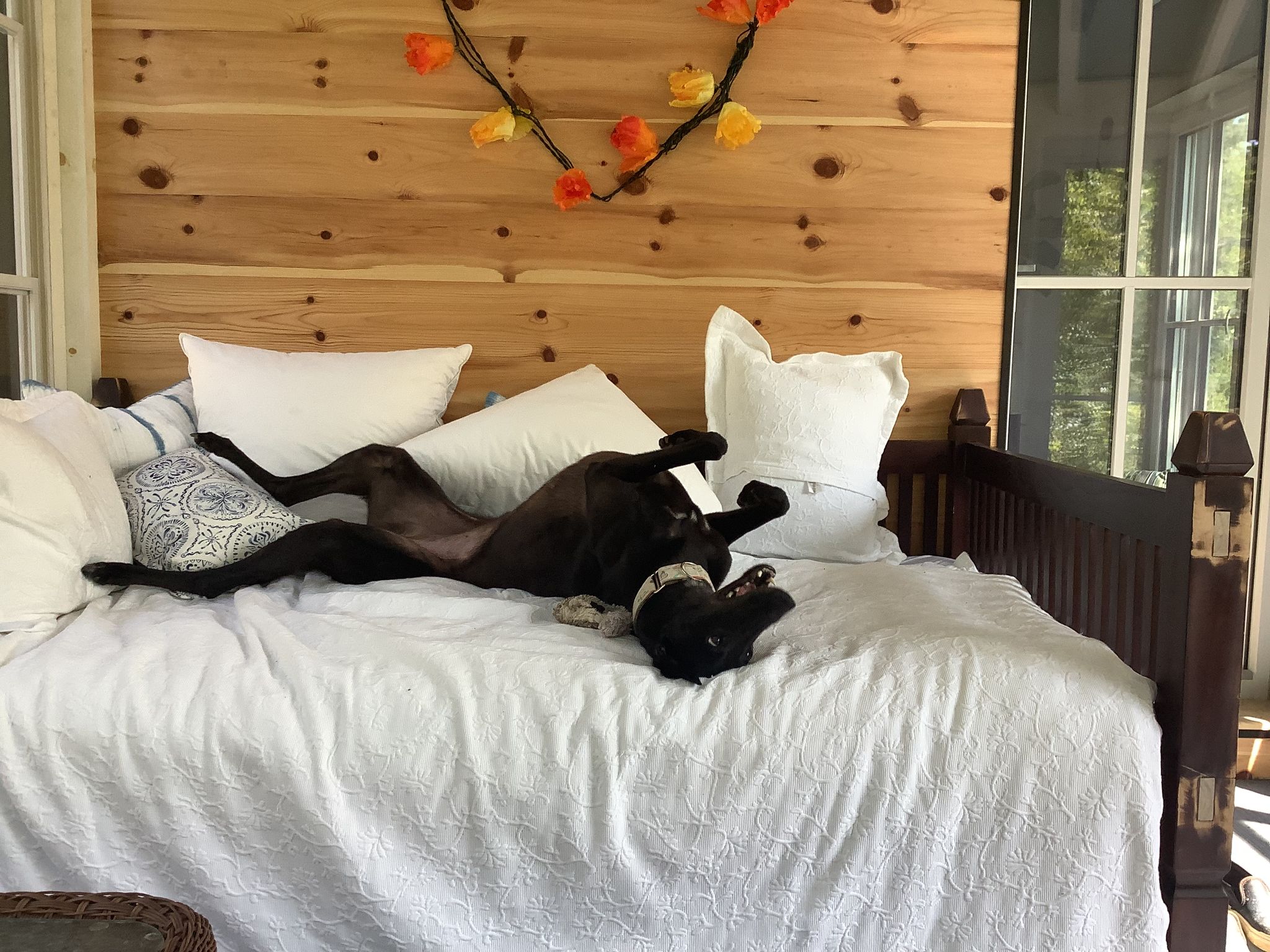
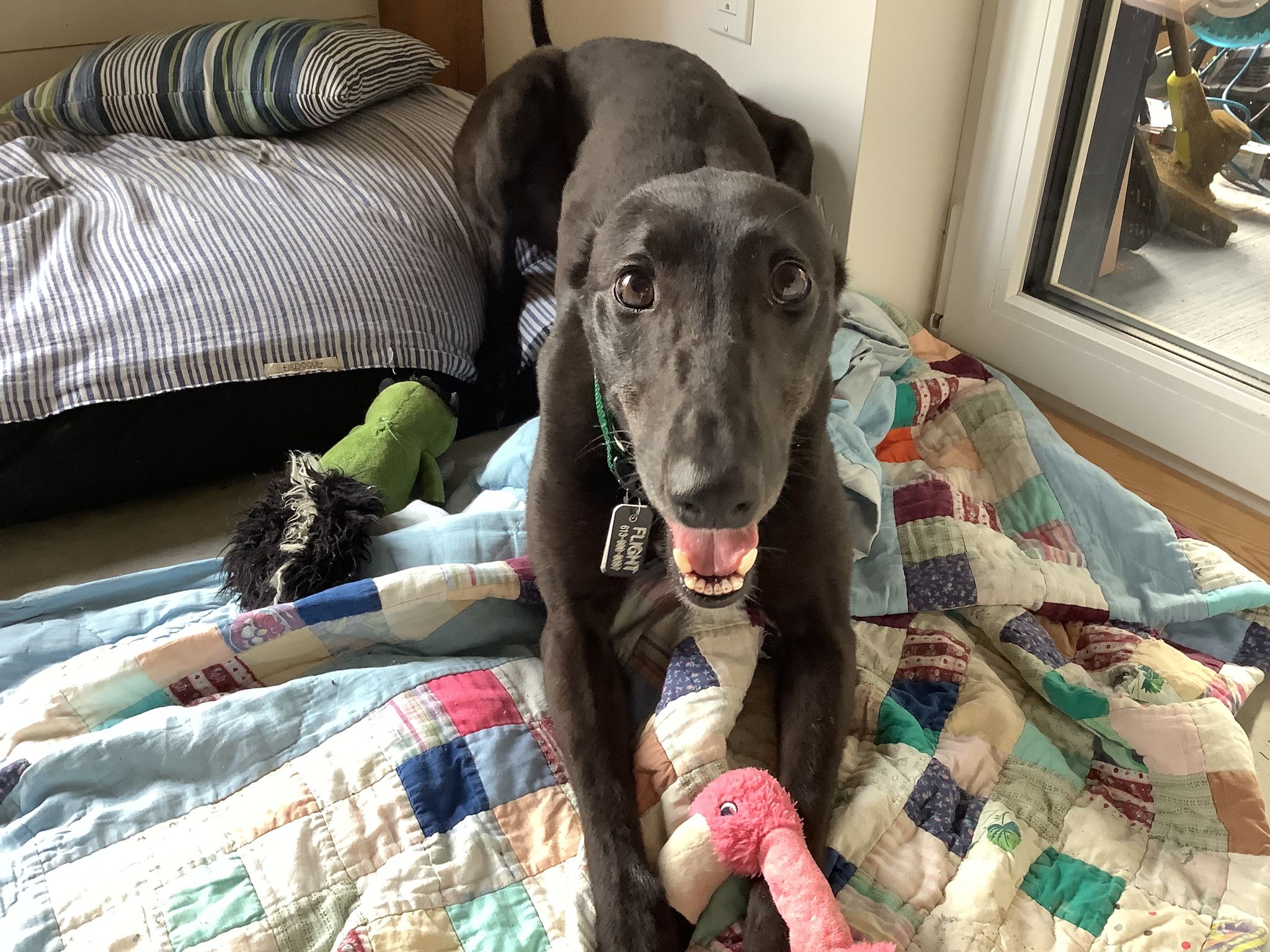
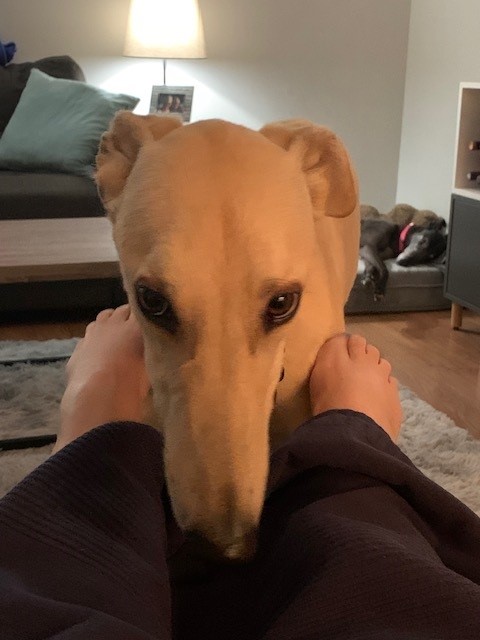
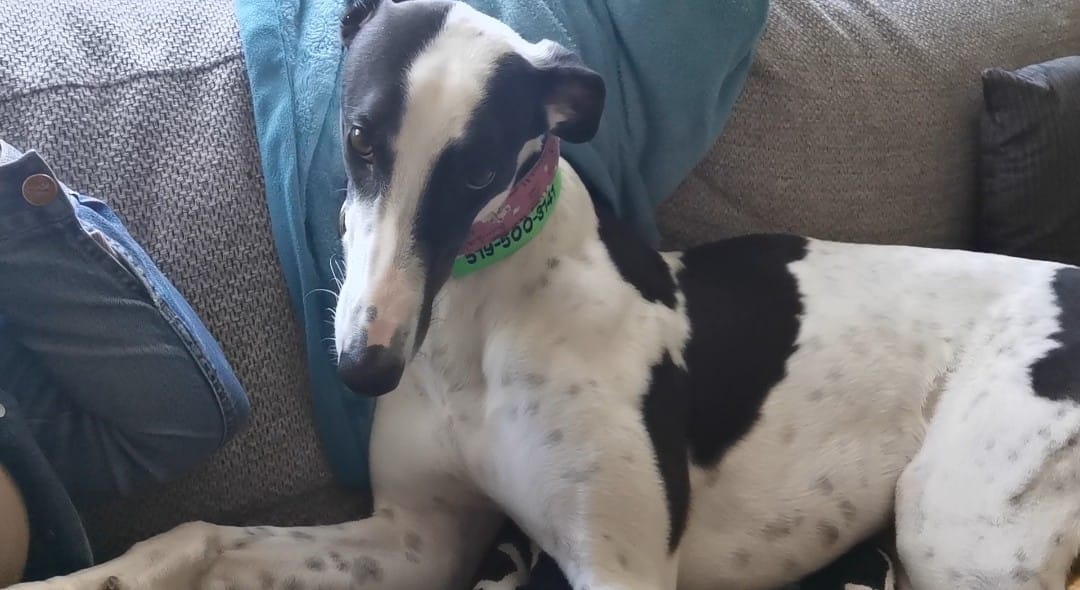
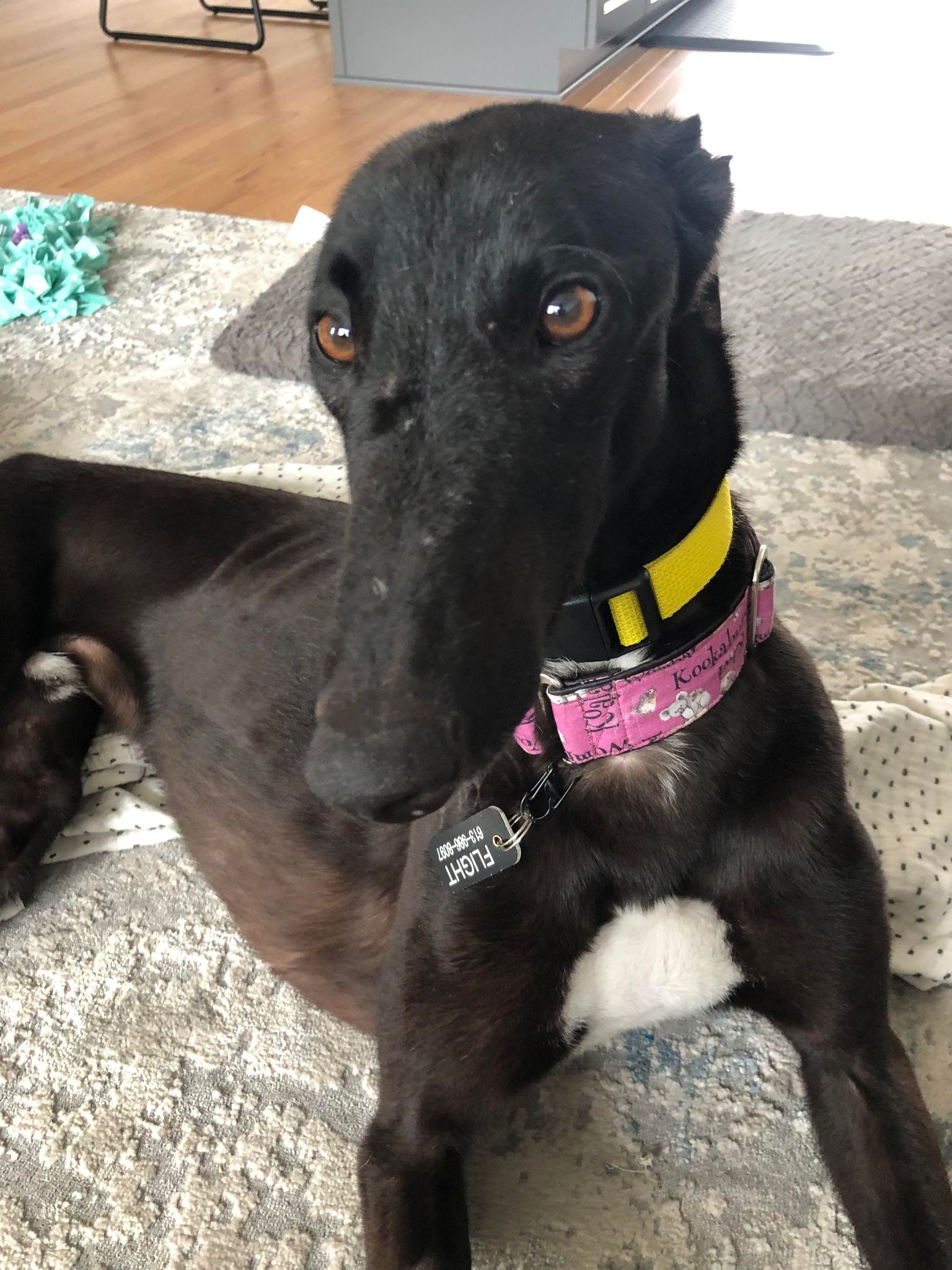

History of Greyhound Racing in Australia
In 1788, eighteen years after Captain Cook landed in Australia, Governor Phillip arrived with a fleet of 1,000 people. His personal belongings included greyhounds which had been used for hunting in Britain. As this was a century before shotguns came into general use, squatters learned to survive on whatever they could find to eat. It would be years before farms would become sufficiently established to feed the growing white population, so kangaroos became a vital food source.
By 1793, Arthur Philip’s marine officers were complaining that the English greyhounds were incapable of bringing down kangaroos, wallaroos, wallabies and the myriad of other different sized marsupials which were hunted as food.
Consequently, a Kangaroo Dog was developed by crossing greyhounds with other British hunting dogs such as deerhounds, etc. The result was a large, strong hunting dog weighing up to 80 pounds. It had the greyhound’s speed combined with size and strength. If confronted by a dog acting on its own, the kangaroo would use its front legs to grasp the dog and disembowel it with its lethal hind claws. To avoid this, successful Kangaroo Dogs instinctively devised a special way of acting in pairs to upend the kangaroo and then kill it. At an estimated speed of 40 kph, the faster dog would position itself close behind and to the side of the kangaroo and grab the base of its tail on the upward leap. In this way, the kangaroo would fall head-long into the ground. The second dog would then leap upon the kangaroo from behind and break its neck. Because so many brave dogs were maimed or killed by the kangaroos, the dogs which survived were bred. Consequently, the Kangaroo Dog was developed with the instinct vital for its survival. However, in a domestic situation, Kangaroo dogs were sweet-natured, gentle dogs that were totally trust-worthy with all members of the household.
In 1882, the Canterbury Dog Club held a show and described Kangaroo Dogs as “…big, bony dogs with light shaggy coats, their colours ranging from whitish fawn to brindle iron-grey and black. They were imported from Australia to New Zealand to kill the wild dogs which had become a menace to run holders and their sheep. They were declared to be as game Bulldogs, fierce as tiger cats and match any kangaroo that leapt over the plains.”
In his book ‘Barkers and Biters’ (1914) Robert Kaleski wrote “the first dogs were very big bony devils with a light coat of shaggy hair. They ran by both scent and sight… they are nearly all yellow or brindle, with an odd black one. After about 15 years the breed began to get lighter in coat owing to the climate; continued doing so until now they are now as smooth and shapely Greyhounds, although just as big as ever.”
However, by the late 1800s, fencing surrounded huge paddocks. By this time lamb and beef had replaced kangaroo meat on peoples’ tables. Guns had replaced the necessity to use dogs for killing game. Additionally, kangaroo skin had become popular as a fashionable product, and Kangaroo Dogs tore too much of the skin, so they weren’t used to hunt kangaroos anymore. Its job was done. People no longer kept them even as pets. After all, it was much more socially acceptable to keep fancy British pure breed dogs! With their job redundant, the Kangaroo Dogs were abandoned. Consequently, through no fault of their own, Kangaroo Dogs became extinct.
Coursing Greyhounds
The root of Australian greyhound racing was coursing, and it first began by coursing Kangaroo Dogs, although it wasn’t long before coursing greyhounds were being imported from England. Rather than chasing hares, their prey was wallabies, which Kangaroo Dogs were used to hunting. However, due to the harsh Australian conditions (compared to the green fields of England), imported greyhounds did not fare well in the open country. This started the creation of the stronger Australian bred greyhounds that were descended from Kangaroo Dogs. In 1868, the State of South Australia ran the Waterloo Cup with wallabies as the quarry. In 1859, European hares were introduced in the wilds around Victoria so that they could be hunted. The hares thrived and on May 28, 1873, the first public coursing meeting was held in which hares were the quarry.
From that point, Coursing and Racing Clubs were set up across the country. By the late 1800’s, coursing greyhounds was ranked as Australia’s third fastest growing sport behind horse racing and cricket. The number of spectators to coursing meetings continued to increase and so the area in which the dogs were released became an enclosed circular course to allow several Greyhounds to race at the same time. The Plumpton racing (enclosed circular course racing) was introduced in Victoria in 1881.
From Coursing to Greyhound Racing
In 1927, the mechanical or “tin hare” that had been invented in the United States was introduced to Sydney and it completely changed greyhound racing into another form of racing – that of having the greyhounds chase a mechanical contraption around an oval circuit. The Greyhound Coursing Association (GCA) was created to promote this new sport in Sydney. It obtained a lease for the Epping Park Racecourse and started evening “tin hare” racing on May 28, 1927.
The “tin hare” racing turned out to be hugely popular, especially with the working class, and very successful. The race promoters cleverly imitated the atmosphere of a well-known horse racetrack and had attendants formally parading the greyhounds in front of the race attendees before races, and adopted familiar terms like “paddock”, kennel inspections, coloured saddle cloths on the greyhounds and more.
Once the mechanical lure was introduced in 1927, most major centres across Australia created clubs and greyhound racing tracks.
Each Australian state and territory has an entity that regulates the racing, training and animal welfare of greyhounds in that state or territory. Greyhound Racing New South Wales (GRNSW) and Greyhound Racing Victoria (GRV) are the two largest authorities governing over 40 racetracks. The Queensland Greyhound Racing Authority (QGRA), the Western Australian Greyhound Racing Association (WAGRA), Tasracing, Greyhound Racing South Australia (GRSA) and the Northern Territory Racing Authority all contribute to running and monitoring greyhound racing and the welfare of greyhounds in Australia.
Today, there are a total of 65 Greyhound racing tracks operating across Australia.
